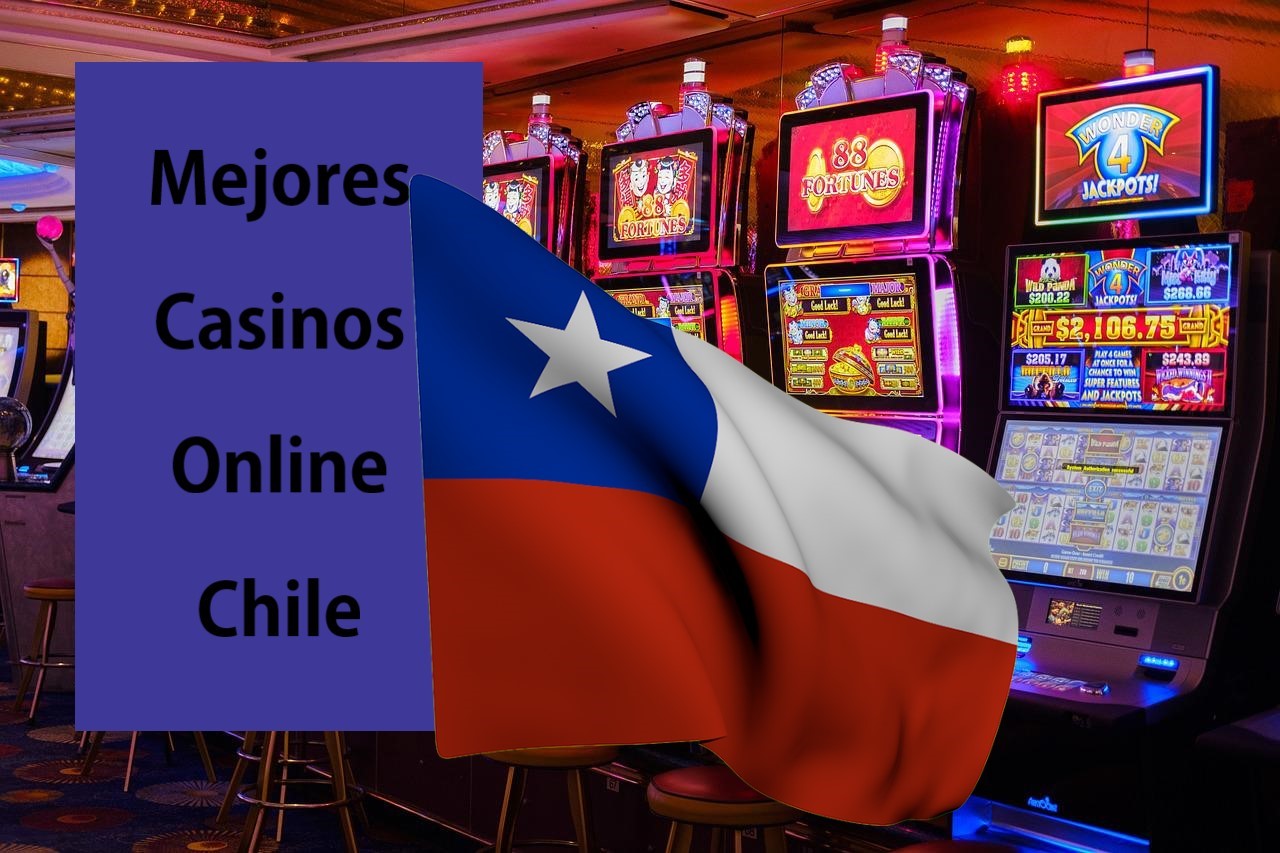In a dynamic and exciting world of gaming establishments, wherein fortune and strategy intertwine, color and aesthetic play a pivotal role in attracting players. As soon as players step into a casino or access a gaming platform, they are enveloped in a sightly feast that grabs their attention and lures them to discover further. Vivid colors, captivating graphics, and creative layouts are meticulously crafted to create an atmosphere of excitement and anticipation, ultimately improving the gaming experience.
While gamblers move through the ever-changing landscape of casino games, they come across a range of designs that not only serve visual purposes but also influence emotions and decision-making. Colors like red and gold symbolize riches and fortune, while soothing blues and greens can create a much tranquil environment. Grasping how these elements function together enables casinos to create an welcoming and energizing atmosphere that encourages players to engage with the games, invest more time at the tables, and increase their overall enjoyment.
The Study of Hue in Gambling Games
Tint plays a crucial role in the development of gaming experiences, shaping players’ emotional states and behaviors. Bright and vibrant shades, such as crimson and gold, are often used to stimulate enthusiasm and attract focus. These hues create a sense of immediacy and dynamism, encouraging gamblers to participate more enthusiastically with the experience. By thoughtfully selecting hues, developers aim to elicit emotions of pleasure and excitement, which can enhance the overall gaming experience.
Various colors also have psychological associations that can influence how gamblers perceive their chances of winning. F168 For case, emerald is often associated with good fortune and wealth, making it a frequent choice in games like the roulette wheel and poker games. This connection can cause participants to feel more optimistic and self-assured in their gaming, ultimately inspiring them to bet more. Grasping these associations allows game developers to design environments that enhance player happiness and engagement.

In addition, the interface of gaming interfaces often uses color gradients and contrasting shades to guide players’ actions. For case, successful results may be accentuated with vivid, differing shades, creating a visual reward. This approach reinforces successful results and encourages repeated participation. By utilizing color psychology, gambling establishments can create games that not only attract players but also keep them engaged and dedicated in their game experience.
Creative Features that Attract Players
The aesthetic appeal of casino games is primarily influenced by the implementation of vibrant colors. Lively and striking colors are strategically chosen to create an appealing atmosphere that grabs attention. For example, crimson and golden hues often signify luck and prosperity, which is why they are prevalent in the palettes of gaming machines and game surfaces. These colors not only draw players in, but they also evoke emotions related to thrill and anticipation, enhancing the total gaming experience.
In addition to color, the design and organization of casino games play a significant role in player attraction. Games are designed to be intuitive, ensuring that players can easily understand the guidelines and gameplay. User-friendly interfaces, along with engaging graphics and motion, help maintain player interest and promote extended play sessions. The tactile elements, such as the feel of the controls and the audio of the games, also contribute to a holistic sensory experience that keeps players immersed.
In conclusion, conceptual elements in gaming design can significantly influence player choice. Many gambling games are inspired by media, myths, or adventure themes, featuring symbols and characters that resonate with players. These themes create a sense of immersion and connection, making each game feel distinct. When players feel a bond to the concept, they are more likely to opt for that game over others, leading to higher participation and excitement within the gambling environment.
Case Studies: Notable Casino Slot Designs
One key example of impressive casino game design is the acclaimed slot machine series themed around popular movies. Games such as those based on the Wizard of Oz and Game of Thrones utilize vibrant colors and superior graphics to enthrall players in recognizable narratives. The application of moving visuals and entertaining sound effects captures the attention of players, establishing an emotional connection to the theme. This tactic merely encourages longer play but also enhances the overall gaming experience, yielding increased player retention.
Another notable case is the application of the psychology of color in table games like 21 and roulette. Casinos often create these games with dark reds and greens, colors traditionally linked with luck and wealth. For instance, the green felt on a blackjack table provides a calming effect, while the red accents in the wheel invite excitement. This thoughtful use of color helps to create an inviting atmosphere that motivates players to participate, addressing their psychological impulses and increasing their enjoyment.
Finally, online casino games that incorporate community features and lively, colorful designs have achieved remarkable success in engaging players. Games like Zynga’s Poker and Slot-O-Mania leverage striking colors and playful animations to establish an inviting online environment. The addition of leaderboards, community sharing options, and in-app rewards fosters competition and community, pulling players in for longer sessions. Such designs merely make the games visually enticing but also highlight community engagement, a vital factor in player retention and engagement within digital casino environments.